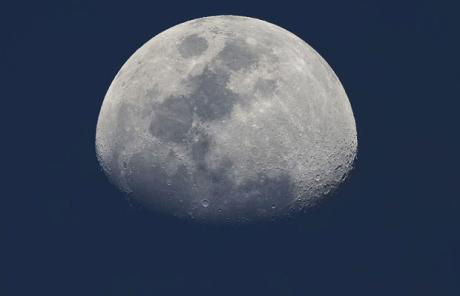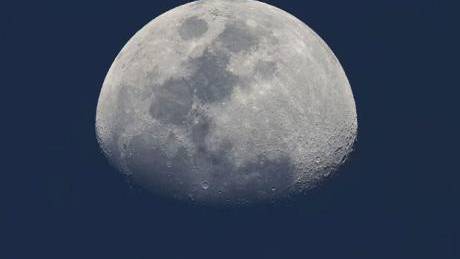Astronomers search for habitable moons

Scientists at University College London believe there are thousands of habitable moons orbiting planets in other solar systems trillions of miles from our own.
They have calculated that it should even be possible to spot these moons using a space telescope launched by Nasa earlier this year to hunt out other planets.
Dr David Kipping, from the department of physics and astronomy at University College London, will tell a conference on the search for habitable planets that the first habitable moons could be spotted within the next five years.
He claims there are more than 12,500 stars within sight of Nasa's Kepler Space Telescope that have the potential for moons orbiting in areas of space where conditions could be favourable to life – the so called habitable zone.
He and his colleagues have devised a new method for detecting moons in other solar systems – known as exomoons. Scientists only recently started to spot extrasolar planets, or exoplanets, and have been competing to find one that could support life.
Dr Kipping said: "For the first time, we have demonstrated that potentially-habitable moons up to hundreds of light years away may be detected with current instrumentation.
"As we ran the simulations, even we were surprised that moons as small as one-fifth of the Earth's mass could be spotted.
"It seems probable that many thousands, possibly millions, of habitable exomoons exist in the Galaxy and now we can start to look for them."
Around 370 exoplanets have now been discovered, but most are giant gas planets similar to Jupiter and so unlikely to harbour life.
Earlier this year astronomers announced the discovery of an exoplanet known as Gliese 581 d, which is 20 light years away and eight times the size of the Earth, and is now seen as the best contender to be habitable.
The Kepler Space Telescope, launched by Nasa in March this year, will spend the next three and a half years scouring the skies for Earth-sized, rocky planets that contain water and so could support life.
But Dr Kipping says it will also be possible to use Kepler to spot moons orbiting other planets by looking for tiny wobbles in their orbit. At the conference, Pathways to Habitable Planets, scientists will discuss the best ways to locate and characterise planets in other solar systems. By analysing the light reflected from such planets they hope to discover what chemicals are present on the surface, including water.
Dr Ignasi Ribas, from the Institut d'Estudis Espacials de Catalunya, Spain, said: "The prospects we have in the coming years to find habitable planets and, even more, characterise them and look for signatures of biological activity are just mind boggling."
Source:
telegraph.co.uk
















